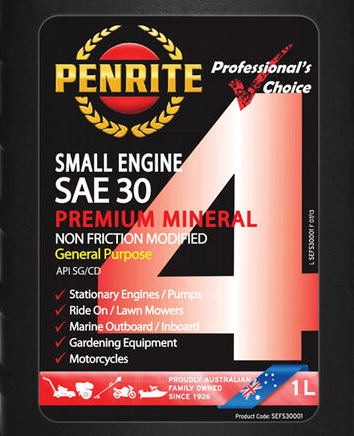Air compressor
Unit conversion
1 inch = 25.4mm
1 bar = 14.5 psi (pounds per square inch)
1 cfm = 38.3 lpm (litres per minute)
1hp = 0.75 kW
Air compressor
Garnet grit blasting requires a free air delivery (FAD) of 18-22 cubic feet per minute (500-700 litres per minute) of airflow at at least 100 pounds per square inch (psi) pressure (7 bar). You effectively need two things: 1) a certain flowrate at 2) a certain pressure on your object. This typically requires a 25hp motor. Air has to be dry, especially for painting and grit blasting. Single phase air compressors will only get you to about 12 cfm (330 lpm). The larger the tank, the longer you can run airtools without the motor kicking in to ‘top up’ the tank. Spray painting requires a large tank as these use HVLP spraypaint guns (high volume low pressure). Spray painting requires at least a 60 gallon tank (225 liters) with a ‘topping up’ capacity of 13 cfm. Clear coat is more demanding than base coats.
Your average single phase air compressor will have a 3-4hp electric motor on a 15A GPO, cast iron 2 or 3 piston compressor pump and 75+ liter tank with an output of 300 lpm (10.5 cfm). When a compressor draws in air, the air is compressed to about 12 times normal atmospheric pressure. Pressurized air is not able to hold as much water. As the pressure increases, water vapor condenses back into a liquid. Options to get rid of moisture in the tank:
- leave tank drain open when not in use.
- drain tank before use.
- water separator filter on tank output.
- air conditioning unit to remove moisture from incoming air.
Warning: Do not mess with pressure vessels. Remember – you are the softest thing in the shop.
Oil
Change oil every 300 operating hours or once a year. Generally, it is not recommended to run car engine motor oil in an air compressor. Car engine motor oil like 10W40 is multi-viscosity oil and contains additives / detergents. It is not suitable for air compressors and might cause foaming issues. Sticking with a 20W or 30W oil is your best choice. You want 1 liter SAE30 Non-detergent General Purpose 4 stroke mineral oil. Some examples:
- Like a car engine, the oil in the compressor will run easier if it’s warm. Leave the compressor sitting in the sun for a while before you start the job, or let it run and fill the air tank before you start.
- Open the fill port to allow air to flow more easily down into the sump.
- Position your drain catchment / funnel or whatever you’re using to help contain the oil, and carefully open the drain plug. You want the oil warm, but it might be quite hot, so take care.
- My compressor has a handle on the front, so when the oil stops flowing out of the drain port, I lift the front of the compressor to help void the sump of any residual oil.
- Replace the drain plug, and wipe any oil residue from the surface so that you can see if you have a leak.
- Pour fresh compressor oil into the fill port to the specified level for your compressor.
- Replace the oil fill cap.
That’s it. You’re done!

